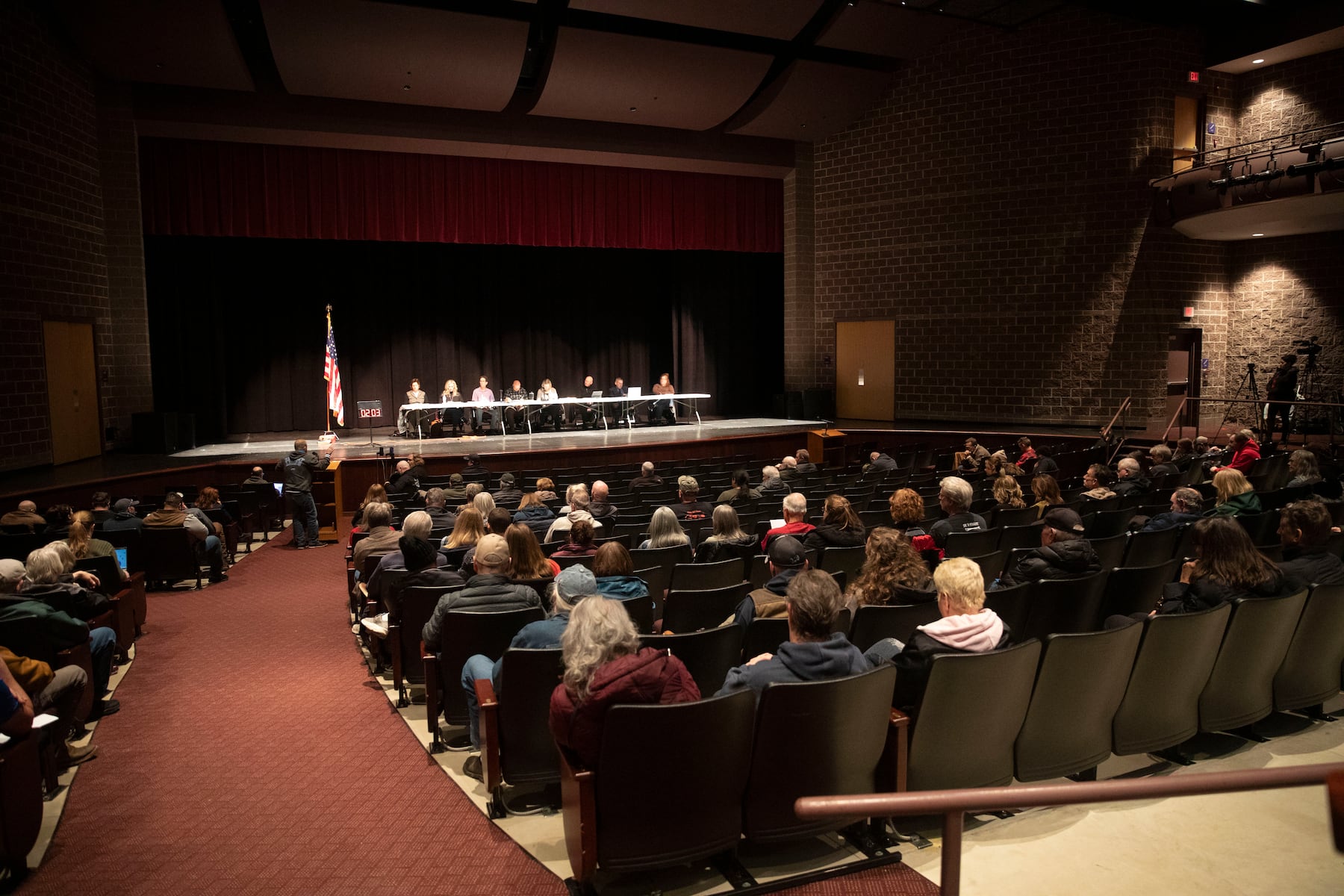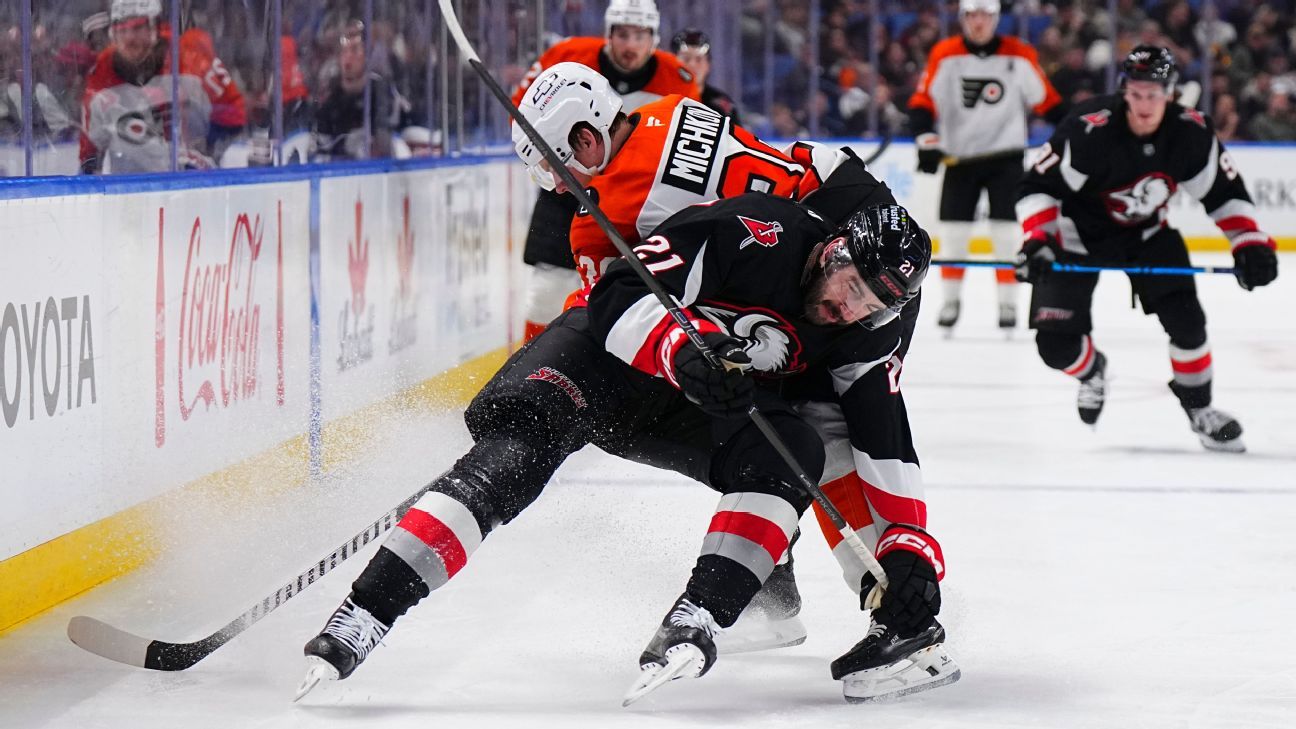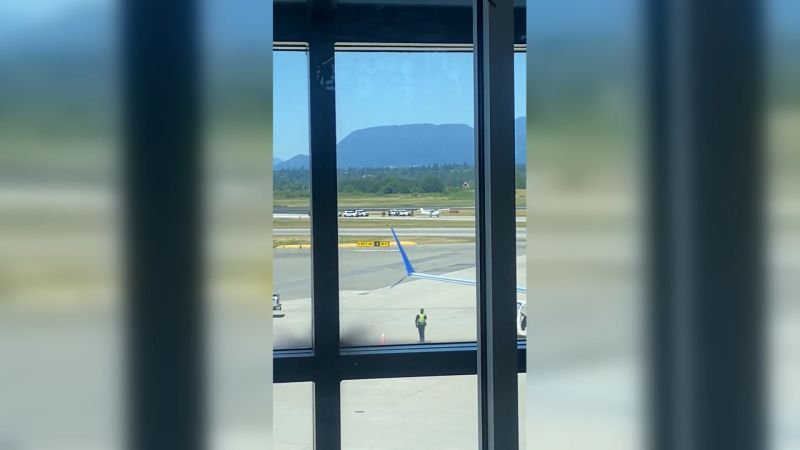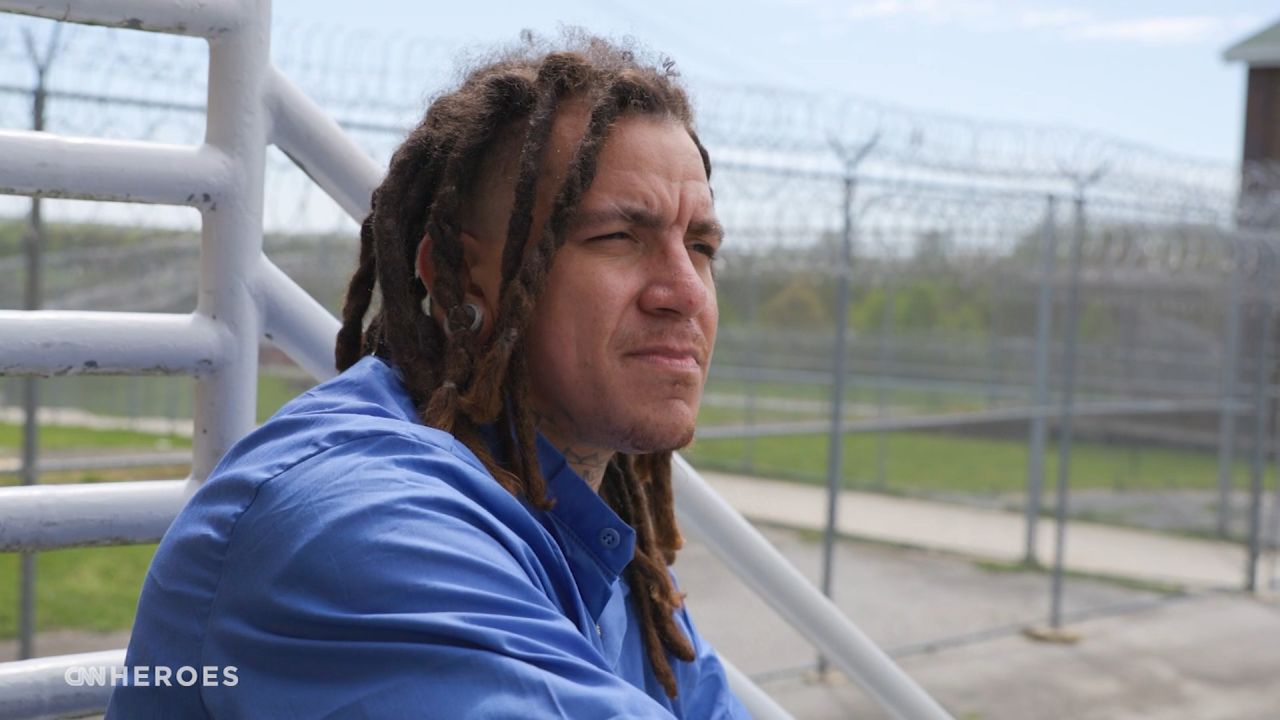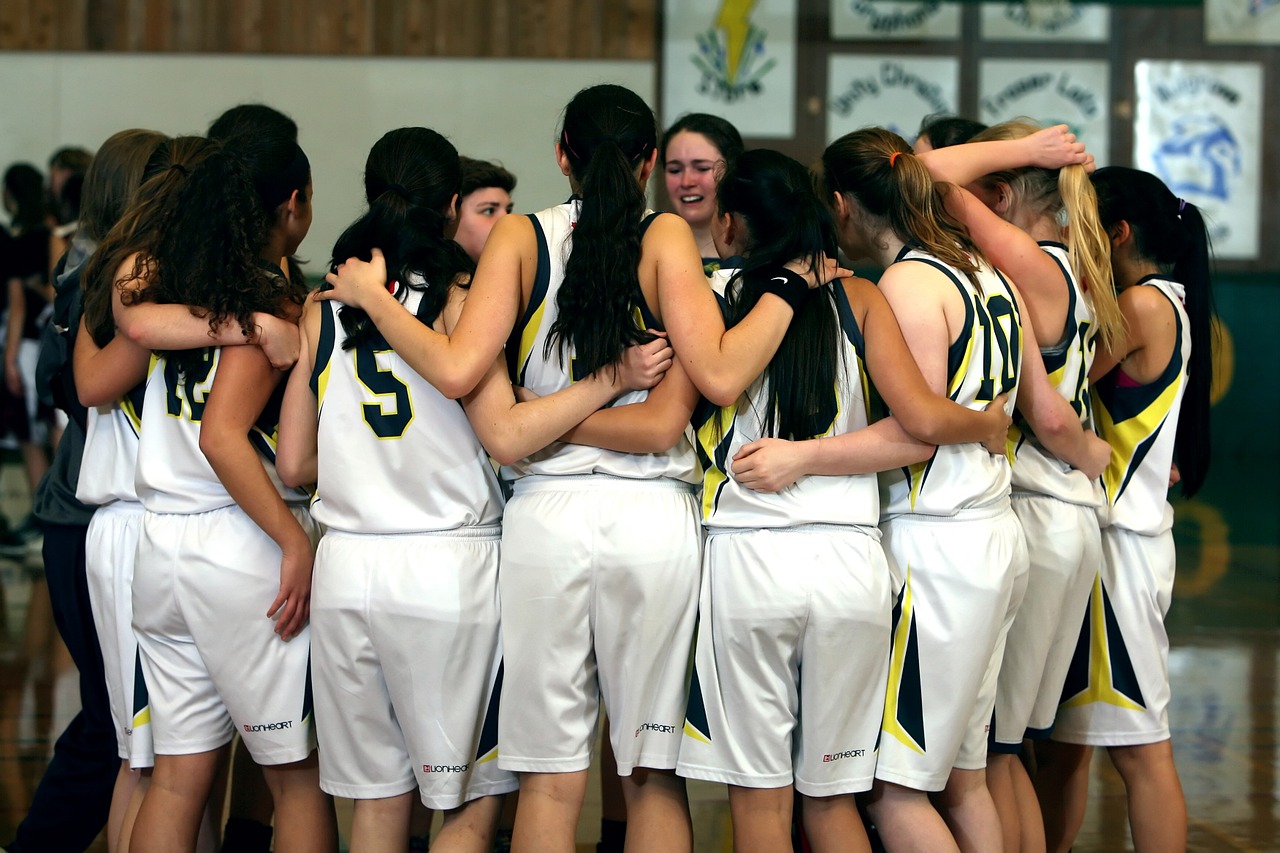Chris Minns Faces Internal Dissent Over Sydney Protest Stance
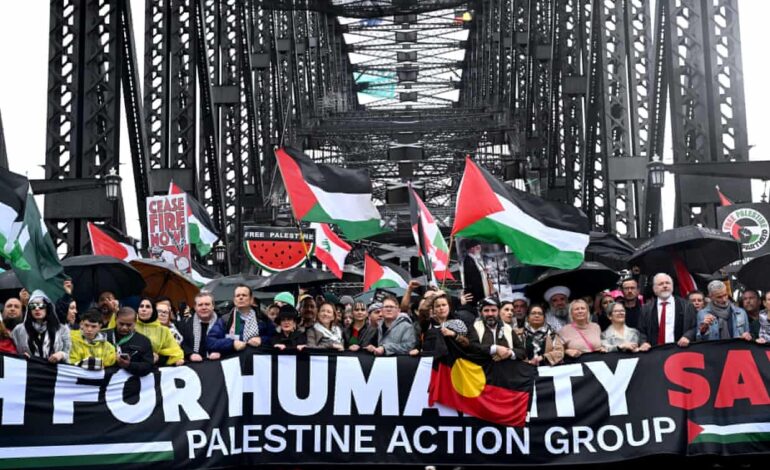
New South Wales Premier Chris Minns is facing significant backlash from within his own Labor caucus regarding his position on the recent pro-Palestine march across the Sydney Harbour Bridge. The caucus is set to convene on Tuesday, where members plan to introduce a motion condemning the conditions in Gaza and affirming the right to protest. This comes after the NSW Supreme Court allowed the march to proceed, overturning a decision by the NSW Police which had denied a permit on public safety grounds.
The protest, held on October 15, 2023, attracted large crowds. While police estimates suggested around 90,000 attendees, rally organizers from the Palestine Action Group claimed the number was closer to 300,000. Prominent figures such as Energy Minister Penny Sharpe and frontbencher Jihad Dib participated in the demonstration, alongside other state MPs and former NSW Premier Bob Carr.
Minns’ approach to the protest has drawn criticism from various factions within his party. Members from both the right and the soft left are expressing concern that his priorities seem more aligned with News Corp media and talkback radio than with the party’s core values. One member of the right faction, speaking on the condition of anonymity, commented, “There’s a sense that our policy positions are at the most conservative end of the spectrum. The audience of 2GB are never, ever going to vote for us.”
Until now, members of the hard left faction, who supported Minns’ leadership, have largely remained silent regarding his stance on protests and law enforcement issues, like changes to bail laws. Tensions are rising as some members feel their progressive voices are being overshadowed. “They’ve been completely missing in action,” said one right faction member, highlighting the discontent brewing in the party.
Mark Morey, Secretary of Unions NSW, emphasized the responsibility of the government to enable peaceful protests, especially during times of humanitarian crises. “Yesterday’s massive turnout shows that working people across Sydney are deeply concerned about Gaza, and political leaders should listen rather than look for ways to silence them,” he stated. Morey criticized Minns’ initial opposition to the march, calling it a concerning overreach that the Supreme Court rightly rejected.
On Monday, Minns reiterated his position, stating he would not back down on his concerns regarding public safety. He acknowledged the “huge groundswell” of public sentiment but maintained that his role is to ensure safety while managing a major city like Sydney. “Ultimately, my job is to be on the side of public safety,” he said.
The response from NSW Labor’s Stephen Lawrence was sharp, arguing that the protest was inevitable and that facilitating it was crucial for maintaining public safety. He criticized the notion of suppressing a mass protest, calling it “risible.” Lawrence revealed that the protest organizers had proposed delaying the march until August 24, a suggestion that was politically rejected, which forced police into a last-minute scramble for crowd management.
Looking ahead, Minns has hinted that the government may still consider appealing the Supreme Court ruling that permitted the protest. He did not dismiss the possibility of introducing legislation to restrict future demonstrations on the bridge, although he indicated that he would approach any such measures cautiously. “No one should believe that it’s open season on the bridge,” he remarked.
In light of these developments, Greens MLC Sue Higginson accused Minns of losing authority over his caucus and urged him to listen to internal dissent. “Labor Premier Chris Minns is acting strangely and is not listening. He has lost authority over his own caucus,” she stated. Higginson emphasized that the public deserves clarity on the premier’s absence from the march.
As protests continue to resonate within the community, the internal divisions within the Labor Party could have lasting effects on its future direction and public perception. The upcoming caucus meeting will be pivotal as members seek to address these contentious issues.

